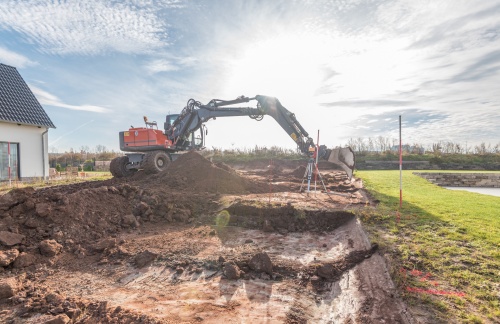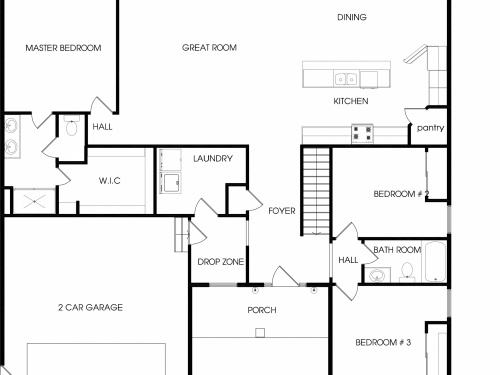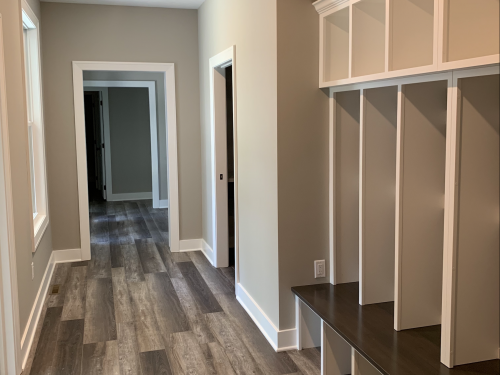Article 1 of 2
Building a home involves countless decisions and many hours of planning and hard work. But, in the end, building the home of your dreams can accomplish everything you've ever wanted in a home. If you're ready to dive into building your dream home, consider a few of these mistakes homeowners wish they hadn't made.
This article at a glance:
-
Deciding to be your own contractor.
-
Rushing Through Designing the Layout
-
Skimping on Storage
Many people spend more time planning for a wedding than planning their home. Pinterest boards are helpful for design inspiration, but be sure to think primarily about the structural layout of the home. The best way to do this? First, meet with a knowledgeable builder. And second, really imagine yourself in the home. What elements will make your daily life less stressful and more enjoyable? What will make you happy to come home at the end of a long day? What will make a house a home for your family? When you discover that, build it.




